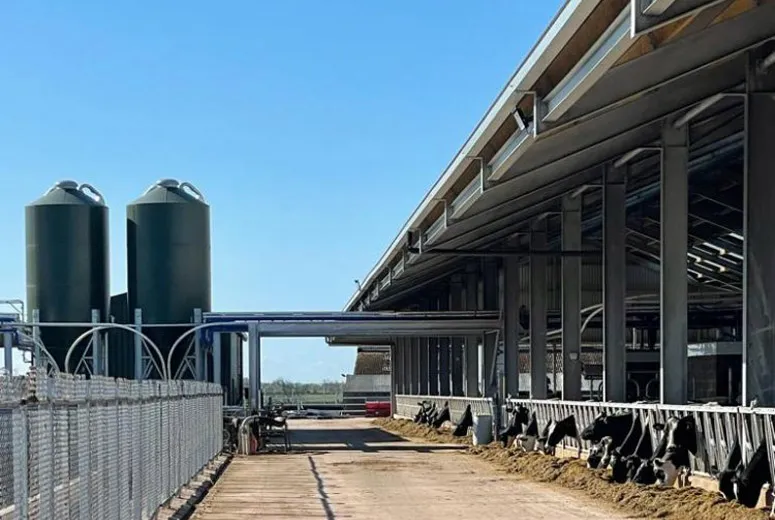- Afrikaans
- Albanian
- Amharic
- Arabic
- Armenian
- Azerbaijani
- Basque
- Belarusian
- Bengali
- Bosnian
- Bulgarian
- Catalan
- Cebuano
- Corsican
- Croatian
- Czech
- Danish
- Dutch
- English
- Esperanto
- Estonian
- Finnish
- French
- Frisian
- Galician
- Georgian
- German
- Greek
- Gujarati
- Haitian Creole
- hausa
- hawaiian
- Hebrew
- Hindi
- Miao
- Hungarian
- Icelandic
- igbo
- Indonesian
- irish
- Italian
- Japanese
- Javanese
- Kannada
- kazakh
- Khmer
- Rwandese
- Korean
- Kurdish
- Kyrgyz
- Lao
- Latin
- Latvian
- Lithuanian
- Luxembourgish
- Macedonian
- Malgashi
- Malay
- Malayalam
- Maltese
- Maori
- Marathi
- Mongolian
- Myanmar
- Nepali
- Norwegian
- Norwegian
- Occitan
- Pashto
- Persian
- Polish
- Portuguese
- Punjabi
- Romanian
- Russian
- Samoan
- Scottish Gaelic
- Serbian
- Sesotho
- Shona
- Sindhi
- Sinhala
- Slovak
- Slovenian
- Somali
- Spanish
- Sundanese
- Swahili
- Swedish
- Tagalog
- Tajik
- Tamil
- Tatar
- Telugu
- Thai
- Turkish
- Turkmen
- Ukrainian
- Urdu
- Uighur
- Uzbek
- Vietnamese
- Welsh
- Bantu
- Yiddish
- Yoruba
- Zulu
Nov . 29, 2024 13:45 Back to list
Steel Frame Design and Build A Comprehensive Overview
Steel frame design and construction have become increasingly popular in modern architecture and engineering, thanks to their numerous advantages over traditional materials. The use of steel frames allows for greater flexibility, strength, and durability, making it a preferred choice for a wide range of structures, including commercial buildings, residential properties, and bridges.
Understanding Steel Frames
A steel frame is a structural system that consists of vertical columns, horizontal beams, and diagonal bracing, forming a framework that supports the entire structure. This design not only provides stability but also allows for larger open spaces compared to traditional designs that rely on load-bearing walls. The versatility of steel makes it suitable for various applications, from skyscrapers to industrial warehouses.
Advantages of Steel Frame Construction
1. Strength and Durability Steel is known for its high strength-to-weight ratio, meaning it can support substantial loads without being excessively heavy. This characteristic enables the construction of tall and expansive structures. Additionally, steel is resistant to pests, rot, and warping, ensuring that buildings maintain their integrity over time.
2. Design Flexibility Steel frames can be prefabricated in a factory setting, allowing for precise manufacturing and reducing on-site construction time. This flexibility also means that architects can experiment with innovative designs, including unconventional shapes and large open spaces, which might be impractical with other building materials.
3. Speed of Construction The modular nature of steel framing allows for quicker assembly on-site. Components can be delivered pre-cut and often pre-finished, leading to reduced construction time and labor costs. This efficiency is particularly important in commercial projects, where minimizing downtime is crucial.
steel frame design and build

4. Sustainability Steel is a highly recyclable material, making it an environmentally friendly choice for construction. Steel frames can be manufactured from recycled steel, and at the end of a building's life, the material can be reclaimed and reused, significantly reducing waste.
Challenges in Steel Frame Design
While the benefits of steel frame construction are numerous, there are also challenges that engineers and architects must consider. Factors such as thermal conductivity can lead to heat loss, necessitating additional insulation measures. Furthermore, corrosion is a concern; therefore, protective coatings or treatments are essential, especially in environments with high humidity or exposure to salt.
Building Codes and Standards
Steel frame construction must adhere to strict building codes and safety standards, which vary by region. These regulations ensure that structures are designed to withstand environmental forces, such as earthquakes and high winds, as well as comply with fire safety requirements. Proper planning and engineering analysis, including the use of advanced software for structural analysis, are critical in this respect.
Conclusion
Steel frame design and construction represent a pivotal advancement in modern architecture, offering unmatched strength, design versatility, and speed. Despite the challenges associated with its use, the benefits clearly outweigh the drawbacks, making it a preferred choice for architects and builders around the world. As technology advances and construction techniques evolve, the future of steel frame design looks promising, heralding new possibilities for innovative structures that redefine our urban landscapes.
-
How Do Prefabricated Steel Structures Transform Modern Construction?
NewsJul.14,2025
-
How Do Prefabricated Metal Buildings Redefine Modern Construction?
NewsJul.14,2025
-
How Do Prefab Insulated Metal Buildings and Steel Structures Revolutionize Modern Construction?
NewsJul.14,2025
-
How Do Pre - Engineered Steel Structures Redefine Modern Construction?
NewsJul.14,2025
-
Advancing Modular Construction with Prefabricated Metal Structures
NewsJul.14,2025
-
Advancing Industrial Infrastructure with Prefabricated Steel Solutions
NewsJul.14,2025
Products categories
Our Latest News
We have a professional design team and an excellent production and construction team.












